Chaetogaster limnaei limnaei is a species of a small freshwater oligochaete that is an episymbiont on freshwater snails. It is considered to be ubiquitous.
I have collected one Lymnaea stagnalis and few Stagnicola sp. species in the outdoor shop of various plants including wetland plants and freshwater plants. I noticed tiny white worms on snails later when I put snails into my aquaria.
These worms are predators of various aquatic animals including medically important trematodes. Trematodes parazitises snails as well as humans. These Chaetogaster worms eat larvae (miracidia and cercariae) of trematodes and they are helping to snails in this way. The more Chaetogaster worms are on the snail, the the more intense trematode infection is.
I do not know how many trematodes were in snails or in the environment, but maybe lot of them.
Chaetogaster limnaei limnaei on Stagnicola sp.
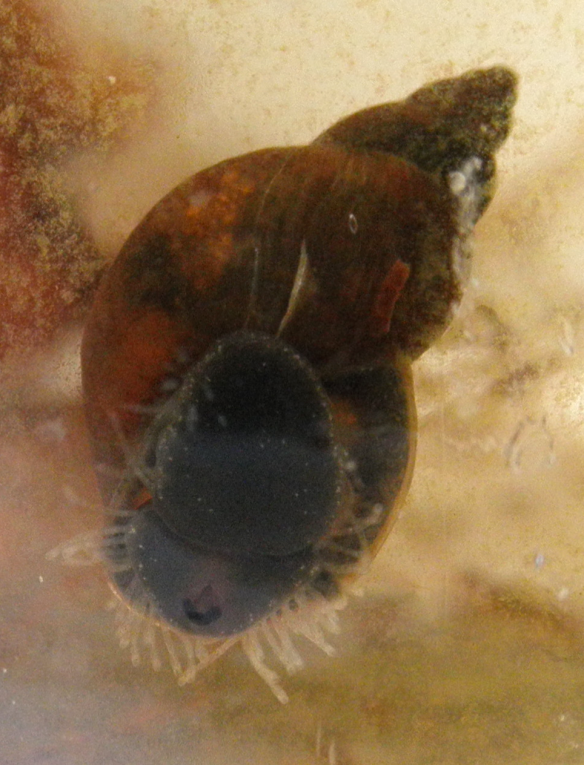 From time to time, I used to watch them and I was waiting for the time when they would multiply and when they will torture snail to death. It did not happen.
From time to time, I used to watch them and I was waiting for the time when they would multiply and when they will torture snail to death. It did not happen.
One day (do not know it exactly, probably few months later) I noticed that all worms disappeared. I did not know why they were gone.
Later I found the reason in the 1974 thesis. Chaetogaster limnaei limnaei is highly sensitive to temperatures above 24 °C. Such a temperature reduces or completely eliminates these worms. Therefore, If you transport worms from their natural environment to your tropical aquarium, there is no need to worry. If you have aquaria with aquarium heater, they are bound to be killed by high temperature. Worms are killed in summer heat as well.
All other photos show Chaetogaster limnaei limnaei on the same Lymnaea stagnalis specimen.
There does not seem to be anything strange from the general point of view. Nevertheless, there are still many worms on the snail’s body.
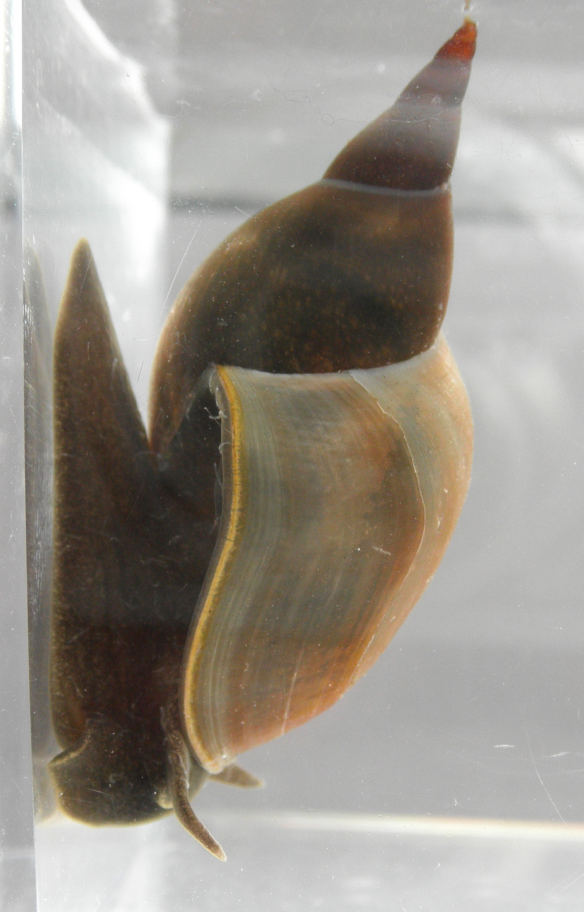
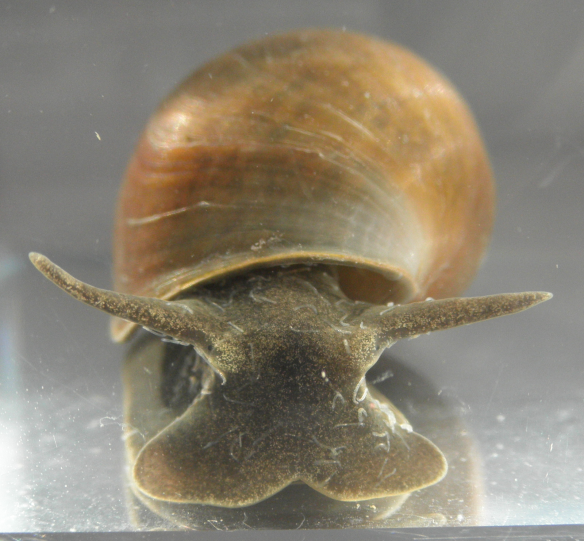 They are in mantle cavity too.
They are in mantle cavity too.
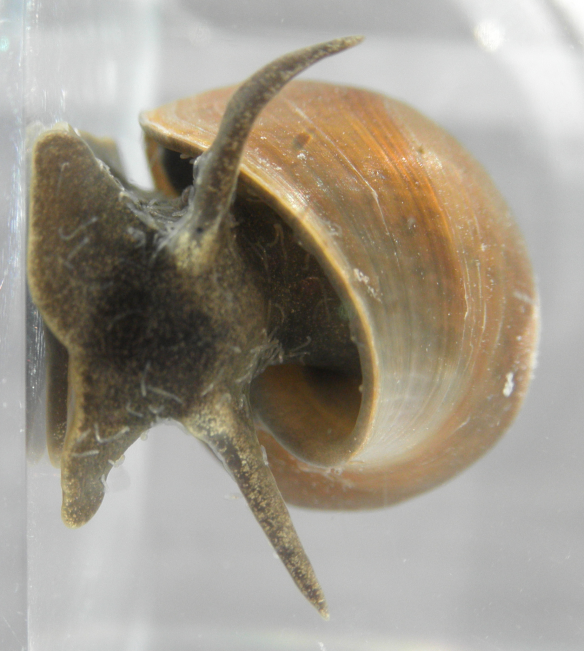 Detail of one Chaetogaster limnaei limnaei on the left tentacle of Lymnaea stagnalis.
Detail of one Chaetogaster limnaei limnaei on the left tentacle of Lymnaea stagnalis.
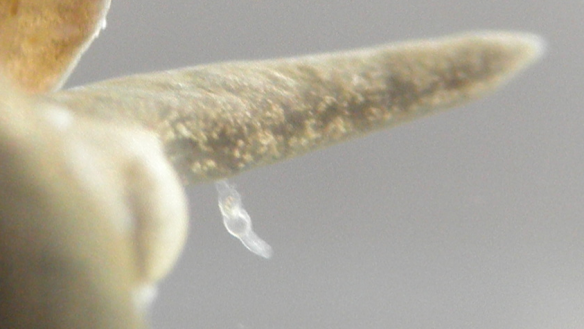 Few Chaetogaster limnaei limnaei on the left tentacle of Lymnaea stagnalis.
Few Chaetogaster limnaei limnaei on the left tentacle of Lymnaea stagnalis.
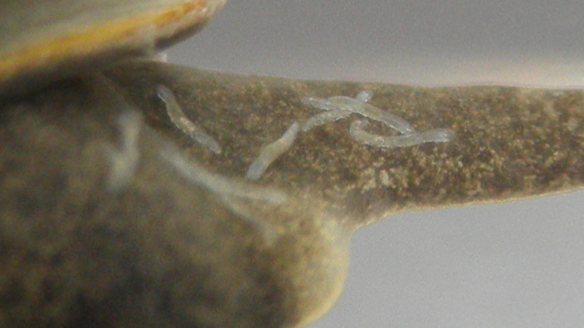 One Chaetogaster limnaei limnaei.
One Chaetogaster limnaei limnaei.
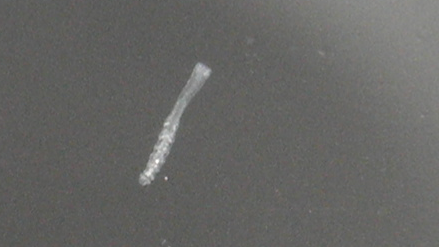 References
References
Hopkins S. R., Wyderko J. A., Sheehy R. R., Belden L. K., Wojdak J. M. 2013: “Parasite predators exhibit a rapid numerical response to increased parasite abundance and reduce transmission to hosts“. Ecology and Evolution 2013; 3(13): 4427–4438.
Sankurathri C. S. 1974: “Effects of thermal effluent on the population dynamics of Physa gyrina Say (Mollusca: Gastropoda) and its helminth parasites at Wabamun Lake, Alberta“. Thesis, Department of Zoology, The University of Alberta, Edmonton, Alberta, 132 pp.
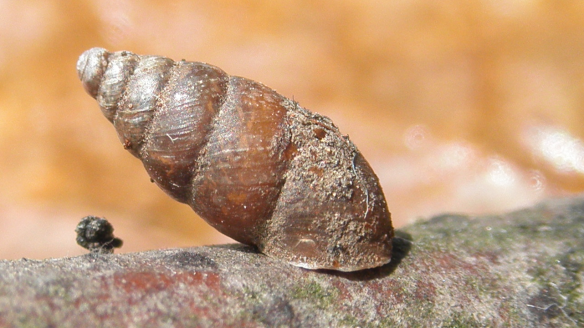
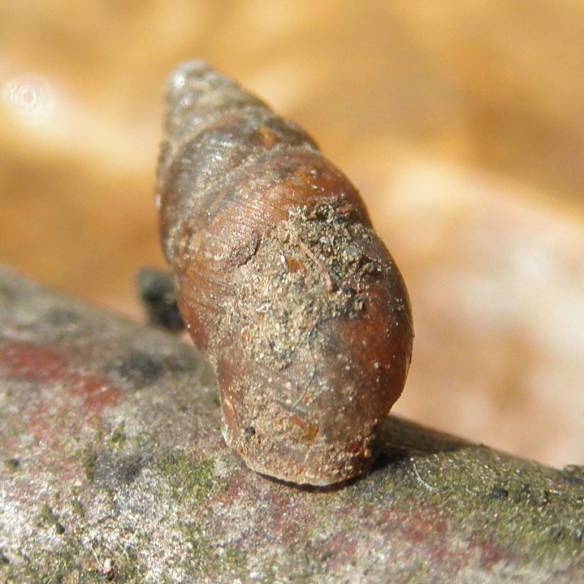
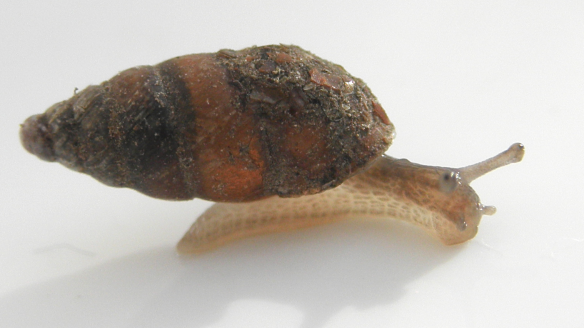


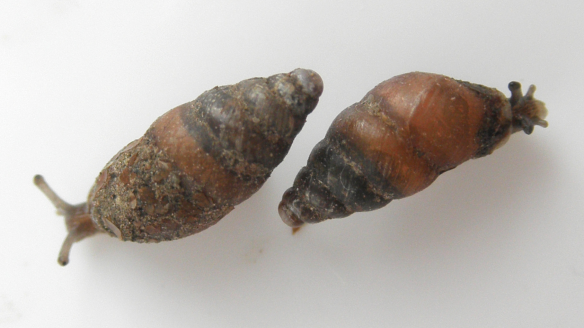
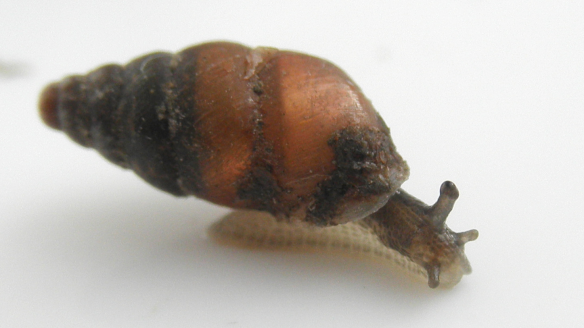 Few other snails from the same family Enidae actively add a camouflage on its shell. For example Napaeus barquini use live lichens.
Few other snails from the same family Enidae actively add a camouflage on its shell. For example Napaeus barquini use live lichens.





